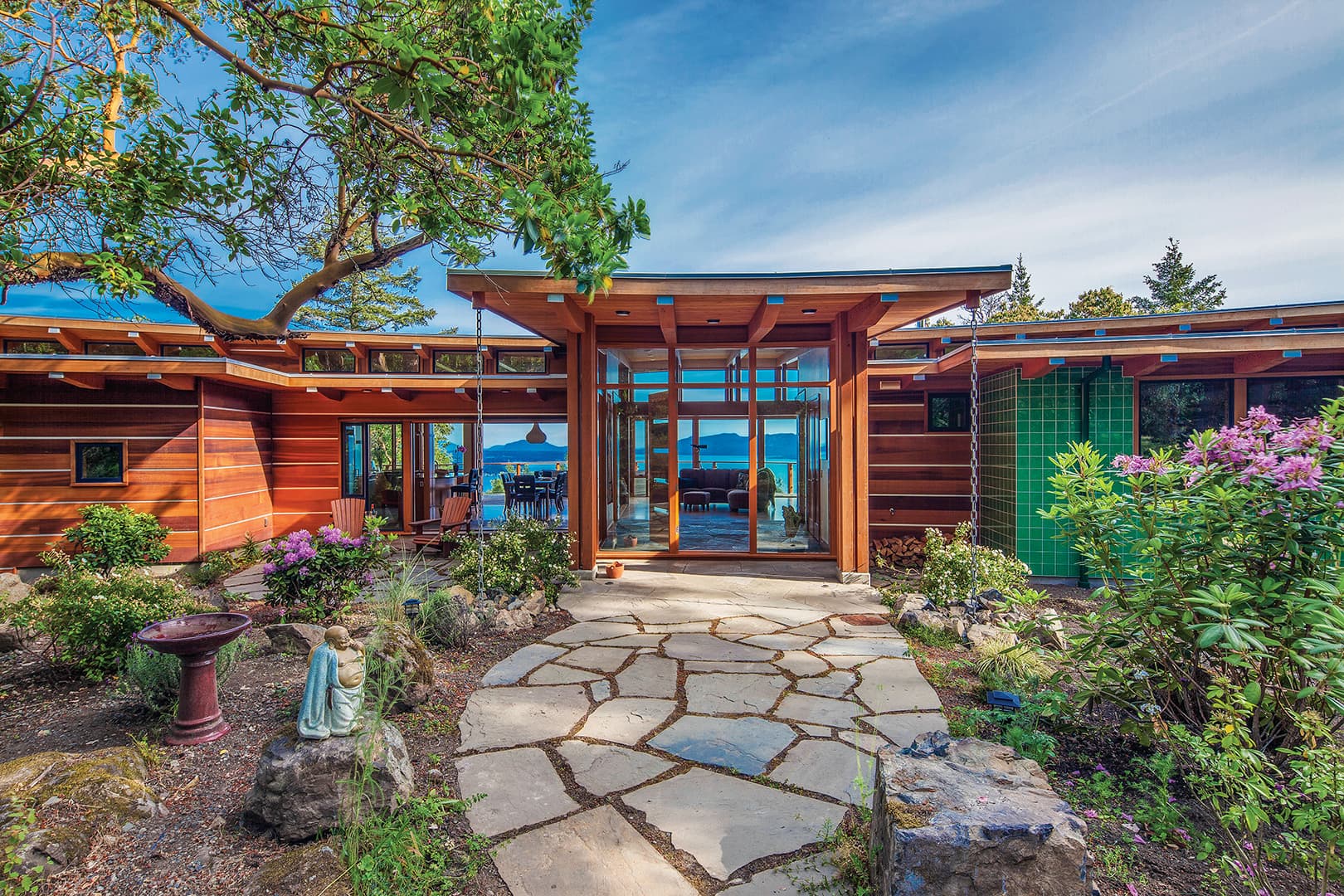
Rainscreen, Tongue and Groove or Shiplap? Which is the best?
We get lots of questions at The Decking Superstore about rainscreen, tongue and groove and shiplap siding. In this newsletter we’ll go over the major differences and review why people choose one over the other. Once you’ve decided on the siding pattern, you can go ahead and use our Siding Buyer’s Guide to make an even more informed decision.
The first and most important point to clarify is that a rainscreen is an exterior cladding system that uses different siding products to achieve its intended effect. Tongue and groove (usually called “T&G”) and shiplap are different siding profiles that create very different looks for your home once installed.
Rainscreen Siding

So, what’s a rainscreen system, and do you need one? A rainscreen is a system that is designed to let moisture and condensation escape from between the siding and your home’s building envelope. When a house is being constructed the exterior sheathing is wrapped in a building wrap, like Tyvek drain wrap, and then pressure treated wooden strips called furring strips are attached. The siding is then fastened to the furring strips and the gap created between the siding and the envelope allows proper air flow and moisture to pass through, which prevents humidity and rot. At The Decking Superstore we carry and recommend Viking Clip, a hidden rainscreen fastening system for extra holding strength and a seamless finished look.

Whether your home needs a rainscreen siding system or not is a question for a qualified builder. Most newer building codes require a rainscreen on buildings with exterior cladding, so if your home was recently built, you likely already have one in place.
Shiplap Siding

The term “shiplap” or “lap siding” has been popularized in the design world and is now used to describe a number of different looks. However, traditional shiplap profiles all have an edge and section of the face that is thinner than the rest of the face so one board overlaps the next board and creates a faux gap between them. Shiplap boards come in a variety of board and gap widths.
Tongue & Groove Siding

Tongue and Groove is likely the most popular profile used today, and the name describes how the boards connect: there is a tongue on one side which fits into a groove on the other side of the connecting board. The groove can be “V” shaped, called “v-groove”, naturally, or at 90º to the tongue, which is called “fine-line” T&G. Different profiles come in different groove sizes and depths, and T&G can create a stunning shadow line in the sun.
Siding: What to keep in mind
An important point to keep in mind when deciding between rainscreen, T&G and shiplap is the type and appearance of the fasteners used. Rainscreen systems will generally have their own hidden fastening system, so you don’t see the fasteners, but the system can add cost to the project. T&G is commonly blind nailed with brads or finishing nails, so they can be hidden as well. While it’s possible to hide the fasteners on shiplap by nailing through the rabbet or tongue, you may be required to face nail wider boards meaning the nail head will be exposed. It can be a very attractive look, but something to consider before you start.
At The Decking Superstore we can help you with any questions you may have on rainscreen, T&G, shiplap, or any other siding subject. We carry northern California’s largest selection of all these products, and we have them in exotic hardwoods like ipe and cumaru, softwoods like western red cedar, and composite products as well. Drop by and we’ll make sure you have everything you need for your next siding project. Contact us today.

